Since I was little, my grandma and grandpa had a garden in Thompson. Arriving in the ‘60s like most Thompson Manitoba newcomers, they had a house on a mud pile.
Fifty years of vegetable and flower planting and lawn turfing has my grandma’s yard easily as my favourite in my hometown.
I live in Northern Canada. Gardening is tricky. Over the years, I’ve learned what grows here and what does not and still have a lot to learn! We have such a short growing season here that eager green thumbs usually start their gardens indoors in February and March to be planted after the first full moon in June. Waiting until then usually is the marker that we won’t experience frost (but anyone that’s lived in the north knows that’s not always true).
Soil grade and temperature ranges so much from Thompson and the Pas, or even Thompson and Setting Lake. Thompson is made of marsh and bedrock, whereas moving south towards The Pas you move more into lands that can be used for agriculture. Understanding your zone to see what grows in your location is a good starting point.
My beautiful garden:
This is also a great guide to use that is full of information on planting a garden in Northern Manitoba.
Over the years with your own experiments you will see what grows and what does not, or what doesn’t survive long in these parts of the province!
Companion planting is a great way to help control pests.
• Basil planted with tomato improves production and flavour. Basil is also good for peppers and has been said to repel mosquitoes.
• Chamomile is a great companion for cabbage, cucumbers, onions and all the brassicas. It improves flavour and is a great herb to have on hand. It attracts beneficial insects and has delicate and beautiful flowers.
• Dill is also great planted with cabbages, cucumbers, lettuce and more. It improves flavour, helps repel pests, and is useful in making homemade pickles! Plant in the middle of cucumber beds. Don’t plant with tomatoes!
• Catnip is another great herb to grow and have on hand. Planted near squash and cucumbers it will repel squash bugs and aphids. The dried leaves can be steeped into a tea to help sooth the stomach, and can double as a pest control spray for many plants.
• Radishes can be planted throughout the garden and under plants like cucumbers to deter cucumber beetles.
• Marigolds planted throughout the garden help prevent nematodes and repel pests. They will flower all summer as long as you keep pulling the dead flowers off.
• Onions can be planted freely throughout the garden but help keep pests away from cabbages, broccoli, tomatoes, strawberries, peppers, cucumbers and more. Intercropping a few with all of these plants can greatly reduce garden pests.
• Sunflowers are great companions and beautiful throughout the garden. Plant with Cucumbers, beans, and vining plants to provide a trellis. They are hardy and a great trap crop for aphids and other pests. They typically produce plenty of their own seeds to use next year.
Increasing the quality of your soil is key as well. You can do this naturally without harsh fertilizers and using some of the following ingredients:
• Kelp tea is a great foliar spray that nourishes plants when sprayed on the leaves (just don’t spray during the heat of the day). Sprinkling powdered kelp around plants can also have a nourishing effect.
• Dried nettles can be added to supplement the soil and sleep composting if you compost kitchen scraps or leaves. Bonus: Dried nettles are also amazing for allergy relief when drunk in tea!
• Add eggshells, ground coffee grinds, banana peels, dog and cat food, grass clippings and more to create a compost to till into your soil to make it strong and rich.
Plant nutrition: what do plants need?
• Nitrogen: Promotes leaf growth.
• Phosphorous: Stimulates root growth.
• Aids flower and fruit development. Plants also need “micro-nutrients” in small amounts, including calcium, sulfur, magnesium, zinc, and iron.
I made a little indoor greenhouse using a $30 wood shelf from Walmart and stapled poly wrap all over it. It worked perfect when placed in front of a sunny window.
Experiment with your garden, start a compost and record your success and failures for next year!
Happy gardening!

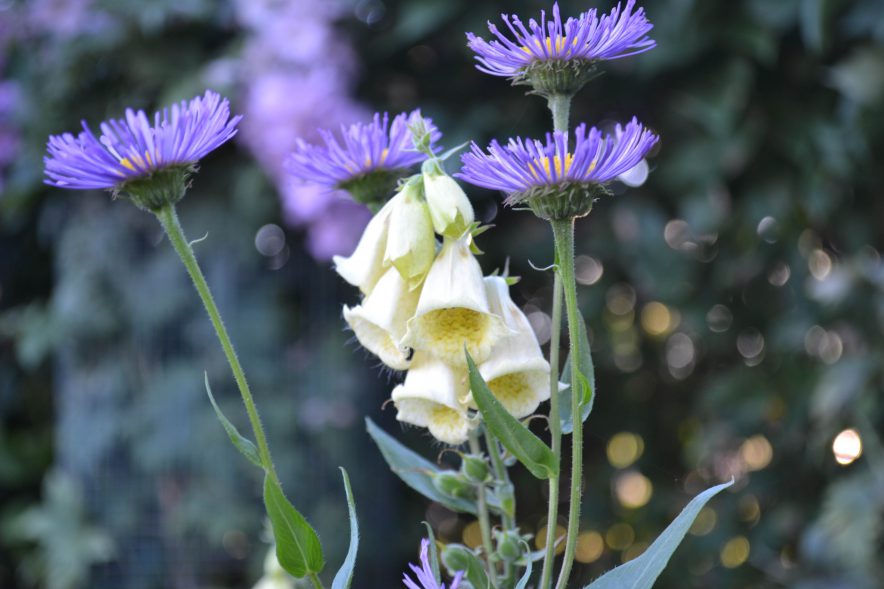

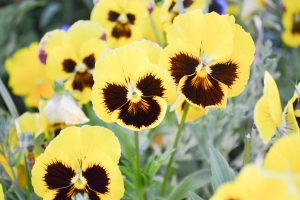
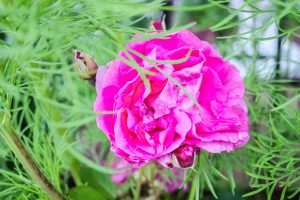
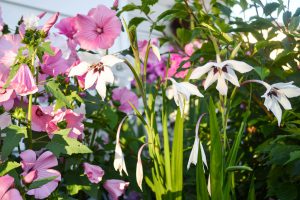
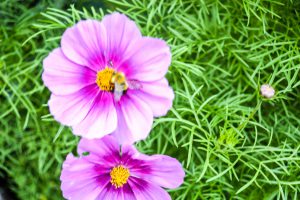
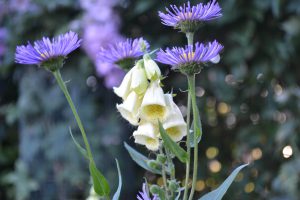
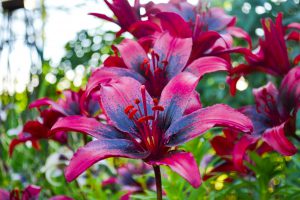
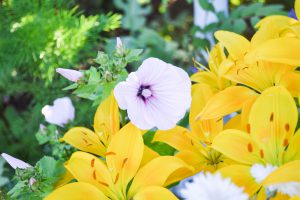
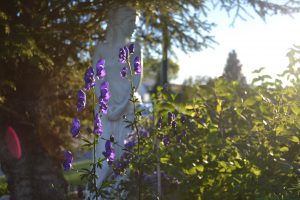
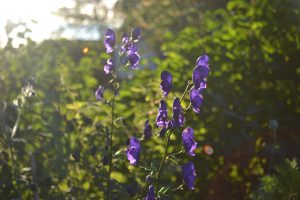
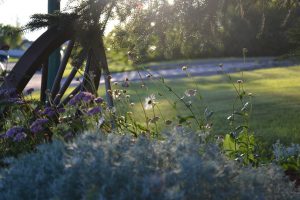
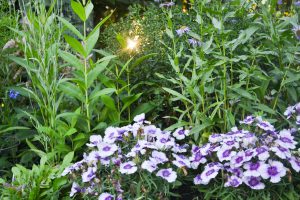

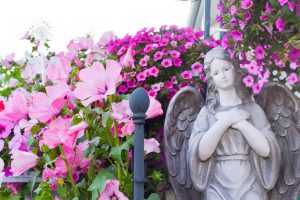
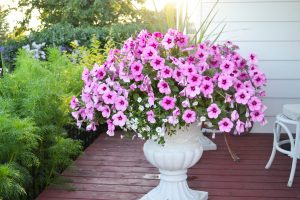
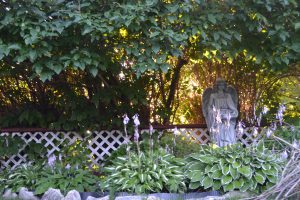
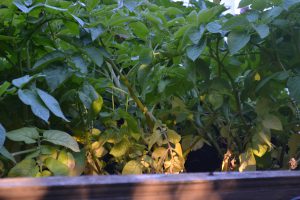
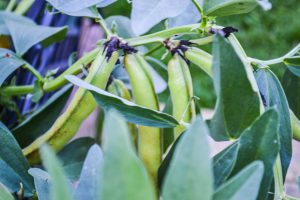
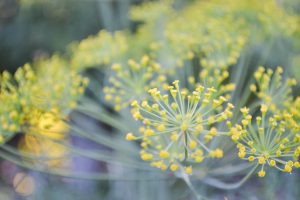
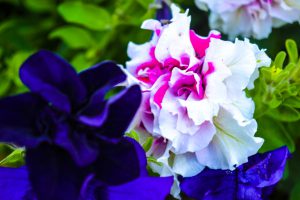
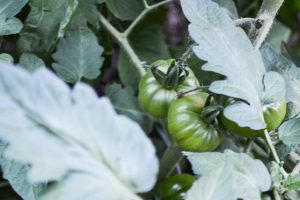
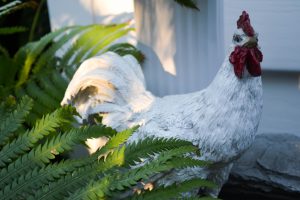
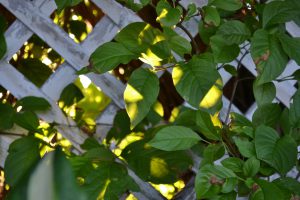
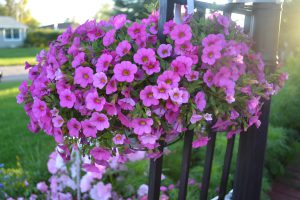
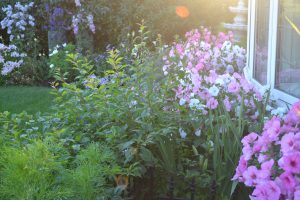
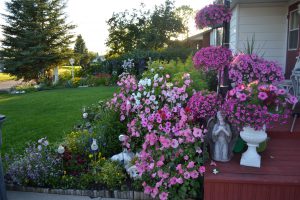
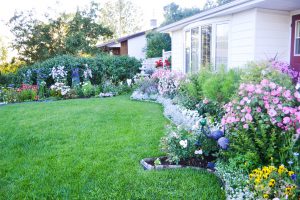
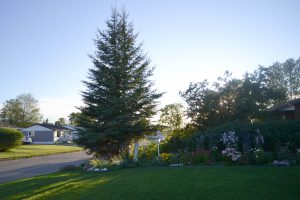
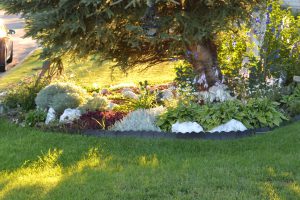
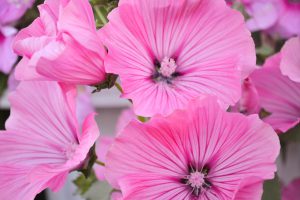
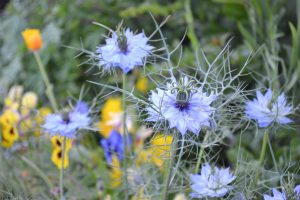

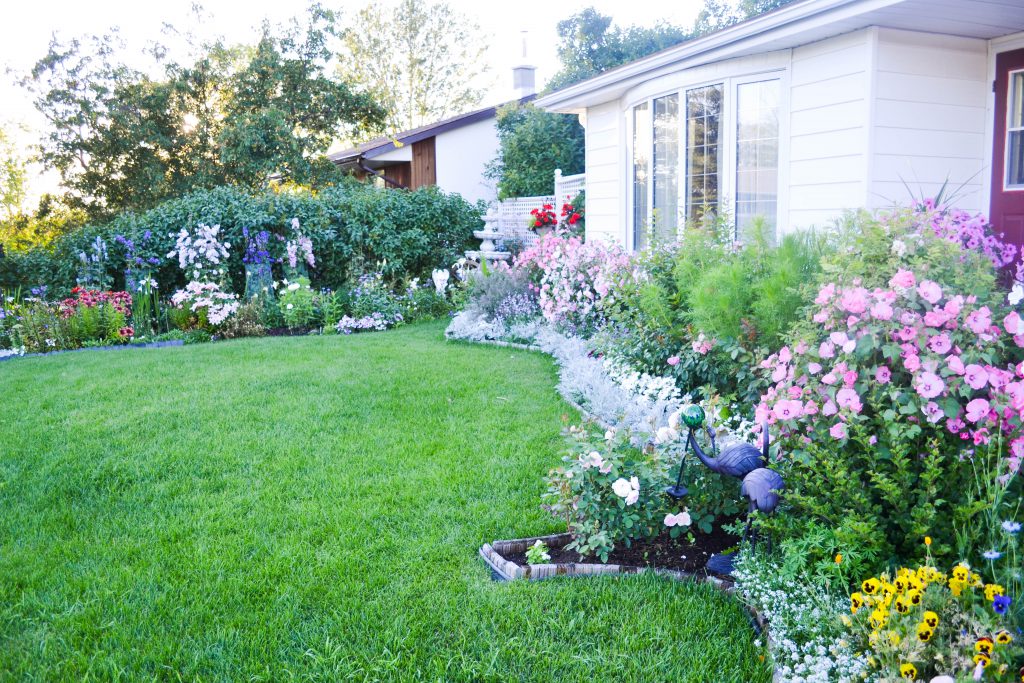
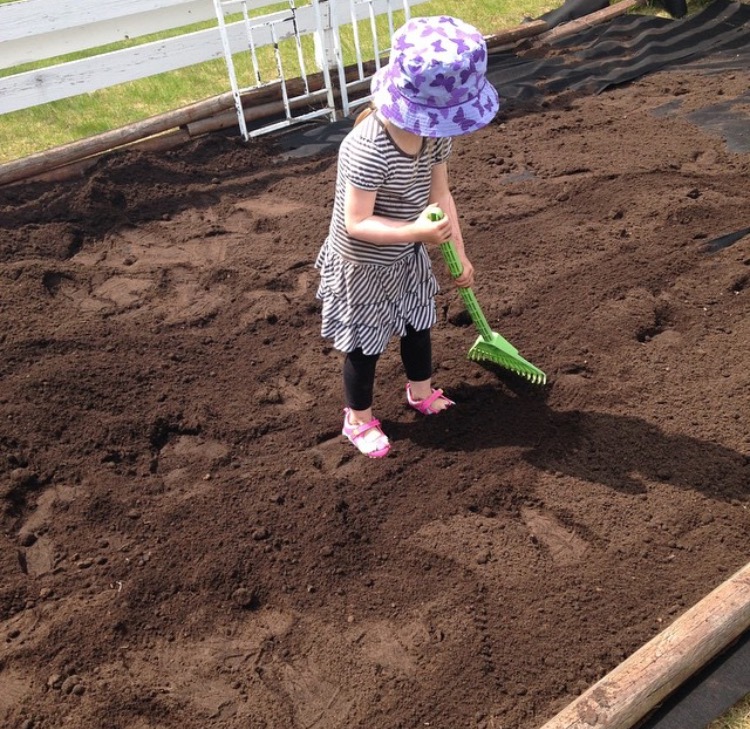
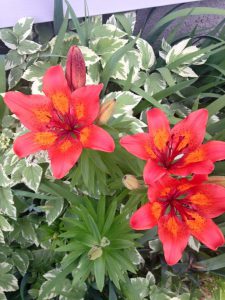
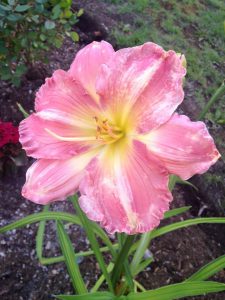
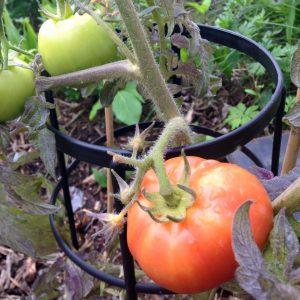
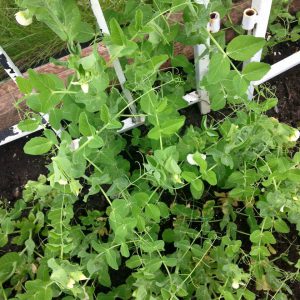
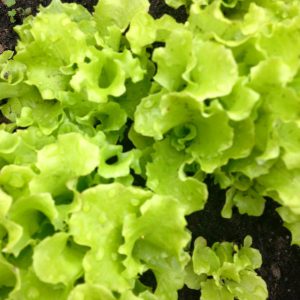
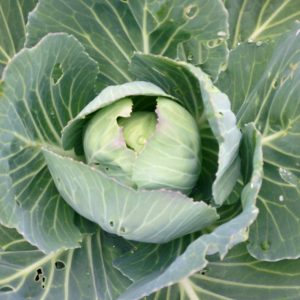
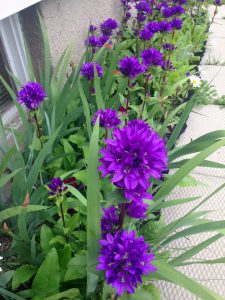

2 Comments on “Gardening in Northern Manitoba”
We moved to Thompson in 1960 and my parents had a vegetable garden and flower beds on Elm Street for 35 years. My mother had a small greenhouse and she started her broccoli, cauliflower and kohlrabi from seed, then planted them into her garden. She loved her garden and she passed that passion on to me. The knowledge that I learned from the successes in my Thompson garden has been a huge bonus in learning to garden here in central AB.
I think my favourite picture is that cute little smoothie stand next to the shed! But they are all good and great article! I think whoever took these pictures should do more if it